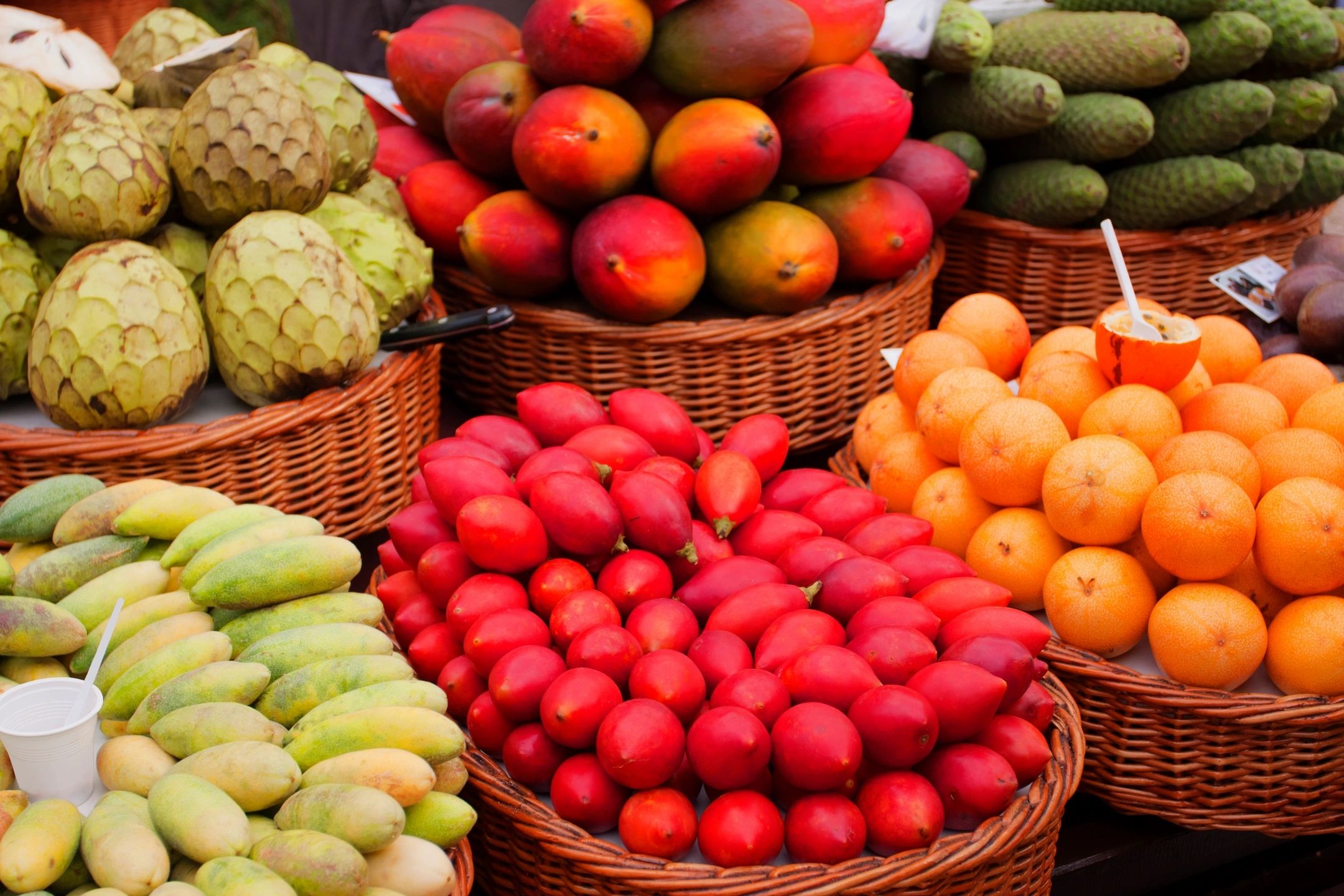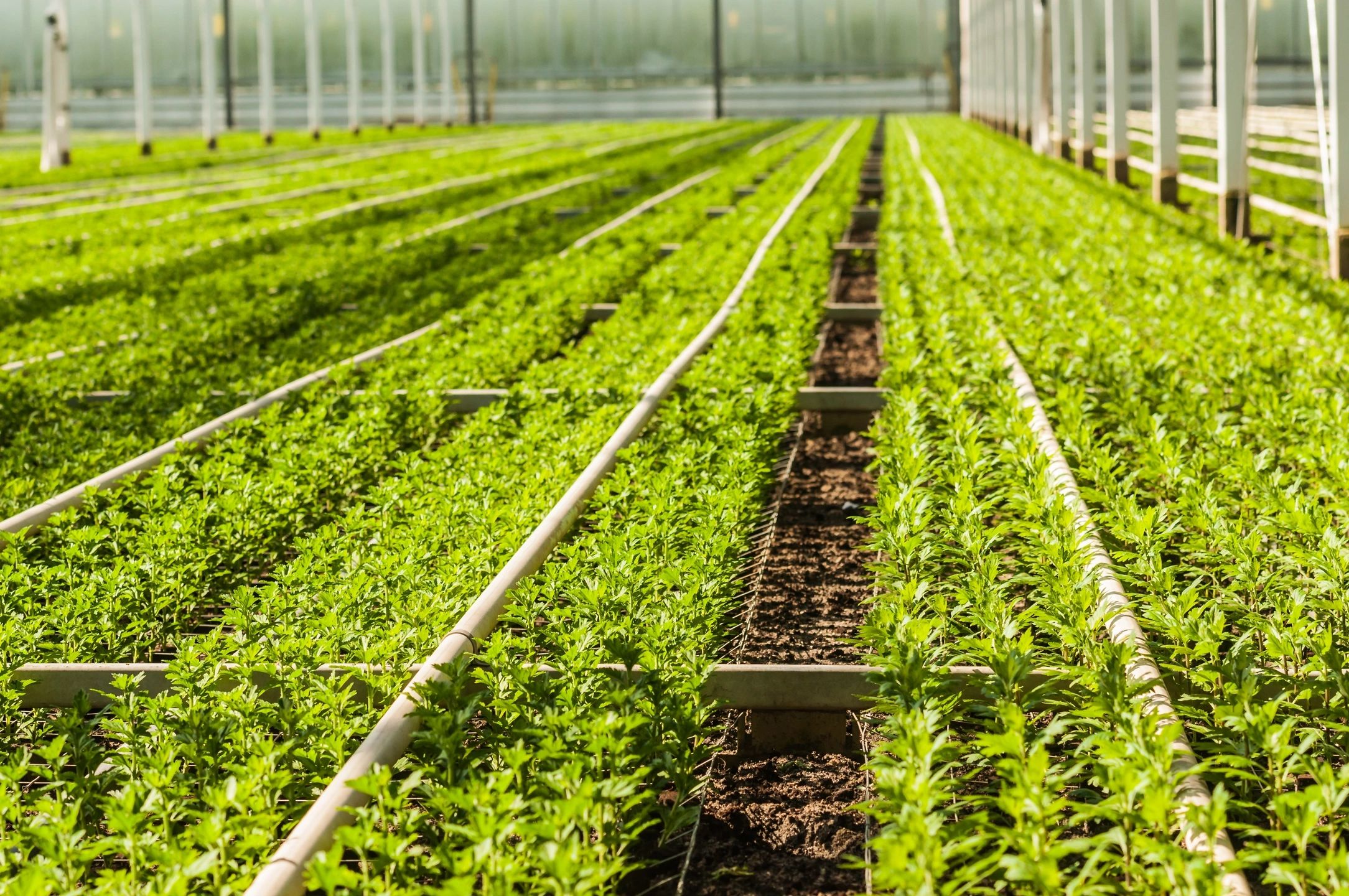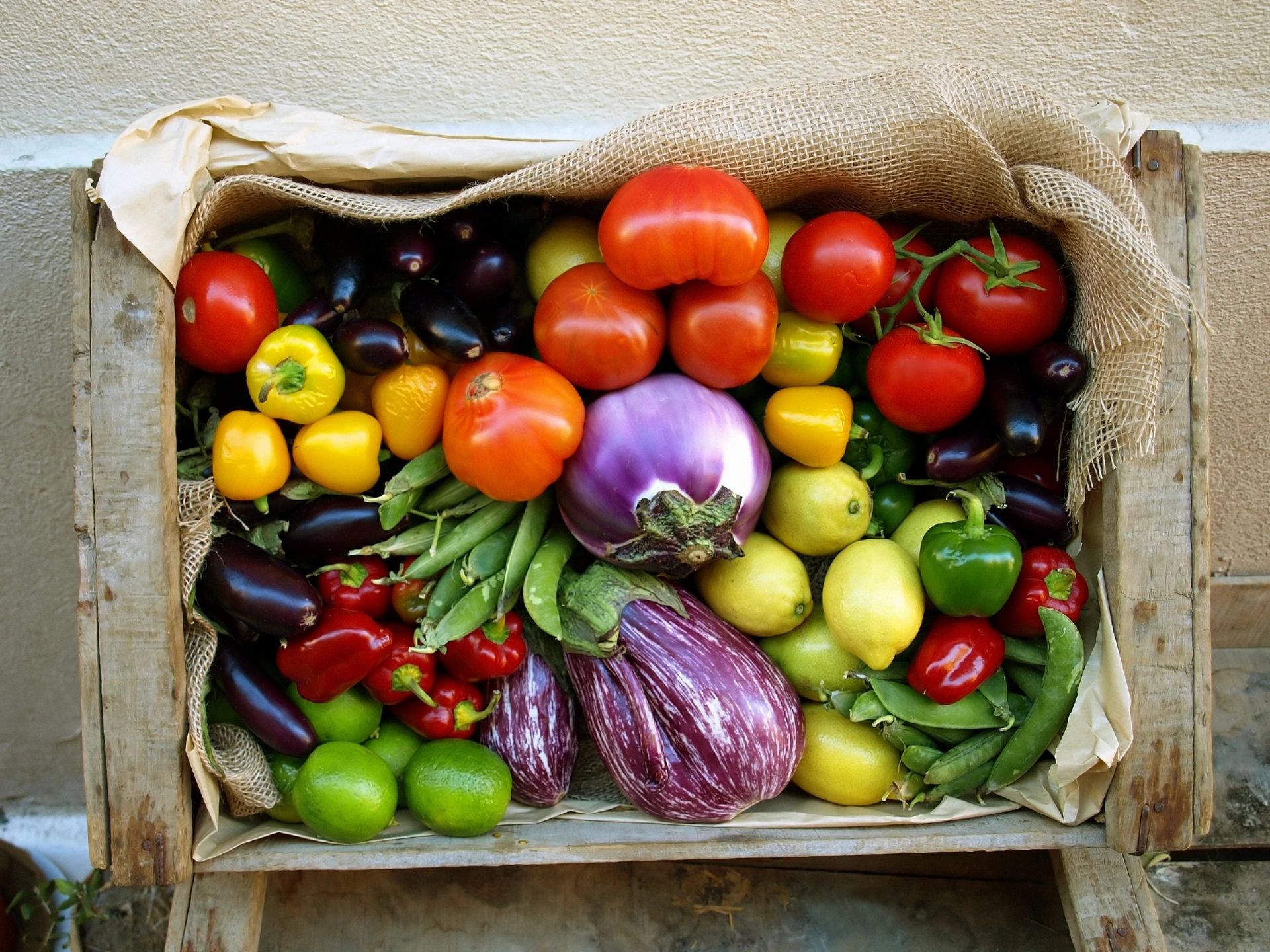Introduction
In the age of climate emergency, where every industry is being scrutinized for its carbon footprint, one unexpected hero is emerging from the soil—regenerative farming. Far beyond the buzzwords of sustainability or organic produce, regenerative agriculture is a science-backed system that not only feeds people but heals the planet. By rebuilding soil health, increasing biodiversity, and capturing atmospheric carbon, regenerative farming is proving to be a powerful climate change solution.
This is more than an environmental trend—it’s a revolution in how we use the land to benefit both people and the planet. With global food systems contributing roughly 34% of greenhouse gas emissions (Crippa et al., 2021), transforming agriculture could be our greatest opportunity for climate action.
What Is Regenerative Farming?
Regenerative farming goes beyond minimizing environmental damage—it actively improves ecosystems. Unlike conventional or even sustainable farming, which focuses on yield and soil maintenance, regenerative agriculture prioritizes:
- Soil regeneration
- Carbon sequestration
- Enhanced biodiversity
- Water retention and quality
- Community and ecosystem resilience
Core techniques include cover cropping, crop rotation, reduced or no tillage, compost application, agroforestry, and managed grazing. These approaches restore natural cycles and promote soil microbiomes—key players in capturing carbon and sustaining plant health.
A Climate Solution Beneath Our Feet
1. Carbon Sequestration: Soil as a Carbon Sink
Healthy soil is one of the most underutilized tools in the climate fight. Through photosynthesis, plants pull CO₂ from the atmosphere and store it in their biomass and roots. In regenerative systems, where soil is undisturbed and rich in organic matter, this carbon is captured and held long-term.
According to the Rodale Institute (2020), if regenerative techniques were adopted on all global croplands and pastures, they could sequester over 100% of current annual CO₂ emissions. Even conservative studies, such as those by the National Academies (2019), support that regenerative practices can significantly reduce emissions in agriculture by up to 25% by 2030.
2. Restoring Biodiversity: From Microbes to Mammals
Biodiversity isn’t just about saving the bees (though that matters too). A thriving ecosystem below ground improves plant health, increases resistance to pests, and reduces the need for chemical inputs. Above ground, regenerative practices restore insect, bird, and mammal populations that are vital to ecological balance.
A 2022 study published in Nature Ecology & Evolution found that regenerative farms host 20-30% more species richness than conventional counterparts. This diversity is essential for pollination, natural pest control, and maintaining climate-resilient systems.
3. Long-Term Land Value and Economic Resilience
Soil degradation is costing farmers and governments billions. Globally, an estimated 24 billion tons of fertile soil are lost annually (FAO, 2022). Regenerative practices, by contrast, build soil year after year, increasing land value and productivity.
A report from General Mills (2021), one of the largest food brands investing in regenerative agriculture, found that regenerative farms had lower input costs, higher water retention, and greater yield stability than conventional farms—especially under extreme weather conditions. In an era of supply chain disruptions and volatile climate patterns, that resilience translates directly into long-term profitability.
Real-World Impact: Farmers Leading the Change
In the U.S., regenerative agriculture is gaining traction across thousands of acres. Pioneers like Gabe Brown in North Dakota have transformed their once-depleted land into rich, biodiverse farms that not only sequester carbon but also generate more revenue through direct-to-consumer models and grants.
Meanwhile, countries like Australia and Kenya are scaling regenerative practices through national programs, recognizing that healthier soil supports not only climate goals but food security.
Even major companies like Nestlé, Unilever, and Danone have committed to sourcing ingredients from regenerative farms, aligning their supply chains with ESG (Environmental, Social, Governance) benchmarks.
Why It Matters for You—and the Planet
The benefits of regenerative farming ripple outward:
- For the consumer: Cleaner air and water, healthier food, and fewer chemical residues.
- For the planet: Lower emissions, more resilient ecosystems, and better climate outcomes.
- For the investor or landowner: Higher land value, lower risk, and ESG alignment.
- For the farmer: Autonomy, profit, and ecological stewardship.
As the global climate crisis accelerates, the need for scalable, science-based solutions is urgent. Regenerative agriculture offers nature-based climate tech with real-world results. It doesn’t rely on futuristic inventions—it depends on a deep understanding of nature, applied wisely and urgently.
Conclusion
Regenerative farming is more than a niche movement—it’s a fundamental shift in how we relate to the land. It offers climate resilience, biodiversity recovery, and economic value, all while healing the Earth from the ground up.
As governments, corporations, and consumers search for sustainable answers, the evidence is clear: farming like the future depends on it—because it does. Whether you’re a policymaker, investor, farmer, or everyday shopper, regenerative agriculture provides a tangible, immediate path toward climate solutions and sustainable wealth.
It’s time to put our money, energy, and policy where the soil is—because the future grows from the ground up.
References
- Crippa, M., Solazzo, E., Guizzardi, D., Monforti-Ferrario, F., Tubiello, F. N., & Leip, A. (2021). Food systems are responsible for a third of global anthropogenic GHG emissions. Nature Food, 2(3), 198–209. https://doi.org/10.1038/s43016-021-00225-9
- FAO. (2022). Status of the World’s Soil Resources. Food and Agriculture Organization of the United Nations. https://www.fao.org/global-soil-partnership/resources/highlights/detail/en/c/1147529/
- National Academies of Sciences, Engineering, and Medicine. (2019). Negative Emissions Technologies and Reliable Sequestration: A Research Agenda. https://doi.org/10.17226/25259
- Rodale Institute. (2020). Regenerative Organic Agriculture and Climate Change: A Down-to-Earth Solution to Global Warming. https://rodaleinstitute.org/wp-content/uploads/rodale-white-paper.pdf
- Nature Ecology & Evolution. (2022). Biodiversity outcomes of regenerative vs. conventional agriculture. https://doi.org/10.1038/s41559-022-01783-w
General Mills. (2021). Regenerative Agriculture: Our Journey. https://www.generalmills.com/how-we-make-food/sustainability/regenerative-agriculture



